History
ATD Fourth World in the United States has been built by the commitment to reach out and stand together with people and communities most isolated by poverty.
ATD Fourth World Volunteer Corps members start by joining an identified community, getting to know the people there, and supporting existing projects. New projects can then evolve in collaboration with the community members.
(The date indicates when the first Volunteer Corps member arrived to live in each area.)
First Steps in New York City (1964)
In 1964, ATD Fourth World was invited to New York City by a Columbia University professor who had participated in a conference organized by ATD Fourth World at UNESCO in Paris. He was intrigued by the holistic community building with families at the emergency housing camp where ATD Fourth World started near Paris.
+ Read More
Joseph Wresinski, the founder of ATD Fourth World, welcomed this invitation and equally wanted to learn from the War on Poverty efforts in the United States. Volunteer Corps members started living in New York City, on the Lower East Side, a neighborhood marked by poverty, violence and crime during that time, in order to be in close touch with the families who lived there and their realities. This was the beginning of ATD Fourth World in the United States.
Based in the Lower East Side, ATD Fourth World members also started to build relationships with people from all backgrounds across New York City and other parts of the United States.
After a few years supporting programs and other organizations through War on Poverty initiatives, Volunteer Corps members developed ATD Fourth World programs in the neighborhood. They supported teens in finding work and accompanied them when they had to go to court. They renovated an abandoned basement to create a community center with a library, an activity room, and later a preschool. They also invited teenagers to meet in that center as an alternative to joining gangs. The community center became a safe space for teens in the neighborhood. Group trips outside the city were opportunities to strengthen families and community.
In 1974, a building was purchased just blocks away from this initial community center and preschool. Since that time, the Fourth World House has been a gathering place for people from throughout the city. As neighborhoods have gentrified and changed over the decades, ATD Fourth World programs and the areas where Volunteer Corps members live have also spread around the city to Coney Island, the South Bronx, Harlem, and throughout Brooklyn.
ATD Fourth World received consultative status at the United Nations in 1974. In 1992, the UN recognized the International Day for the Eradication of Poverty, driven by the international gathering organized by ATD Fourth World in Paris in 1987. In 1996, a replica of the commemorative stone to victims of extreme poverty was placed in the gardens of the UN headquarters in New York City.
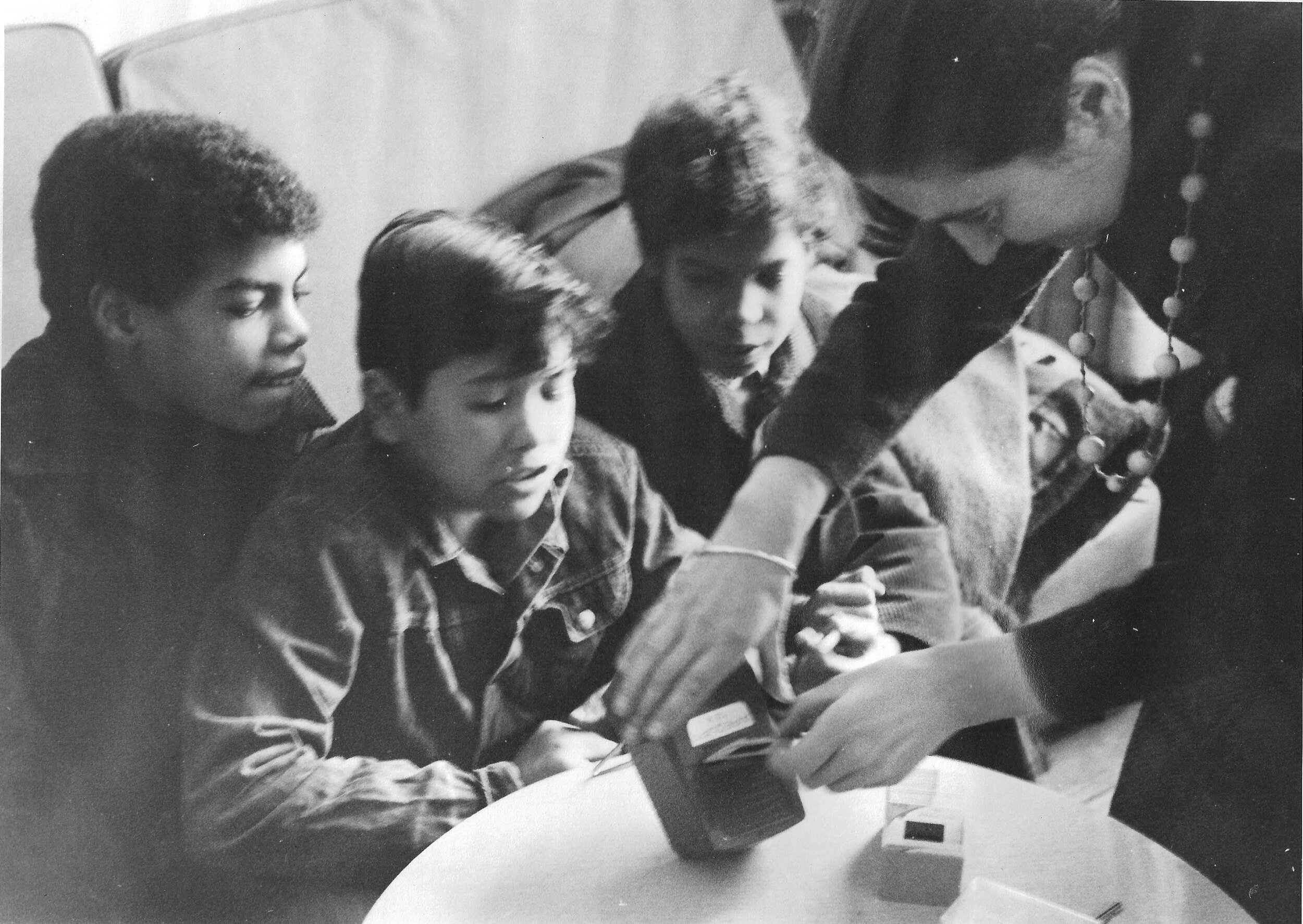
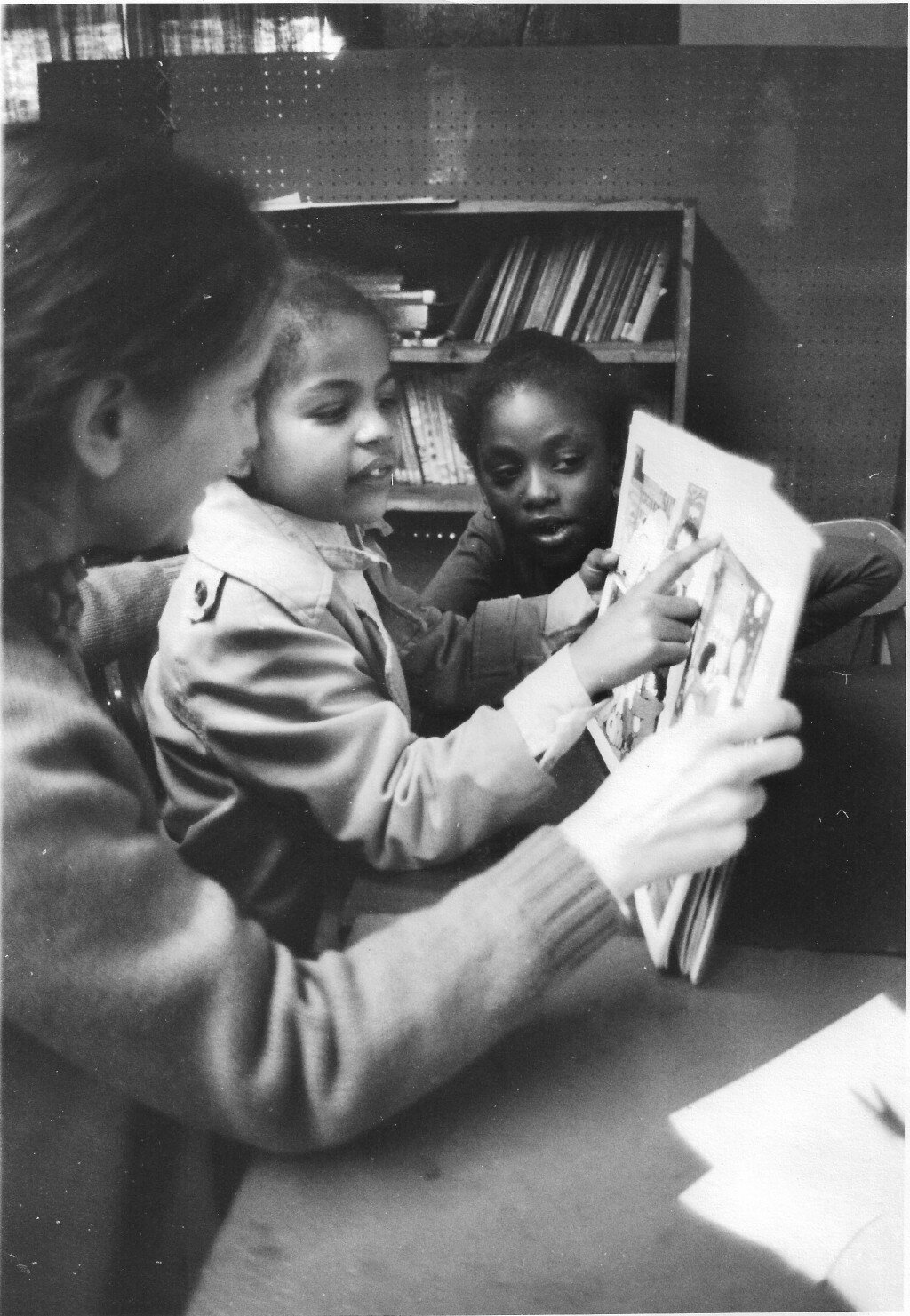
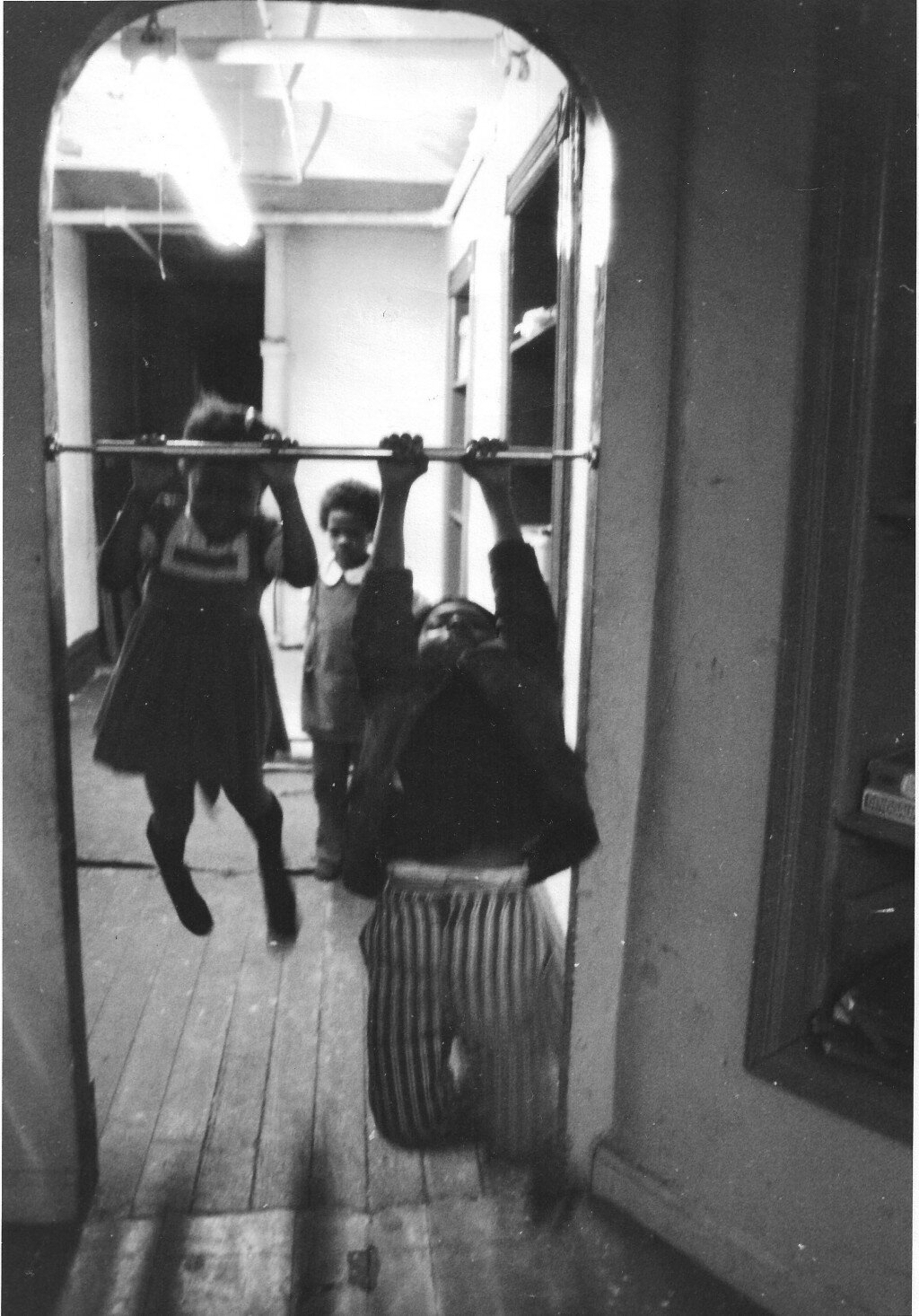
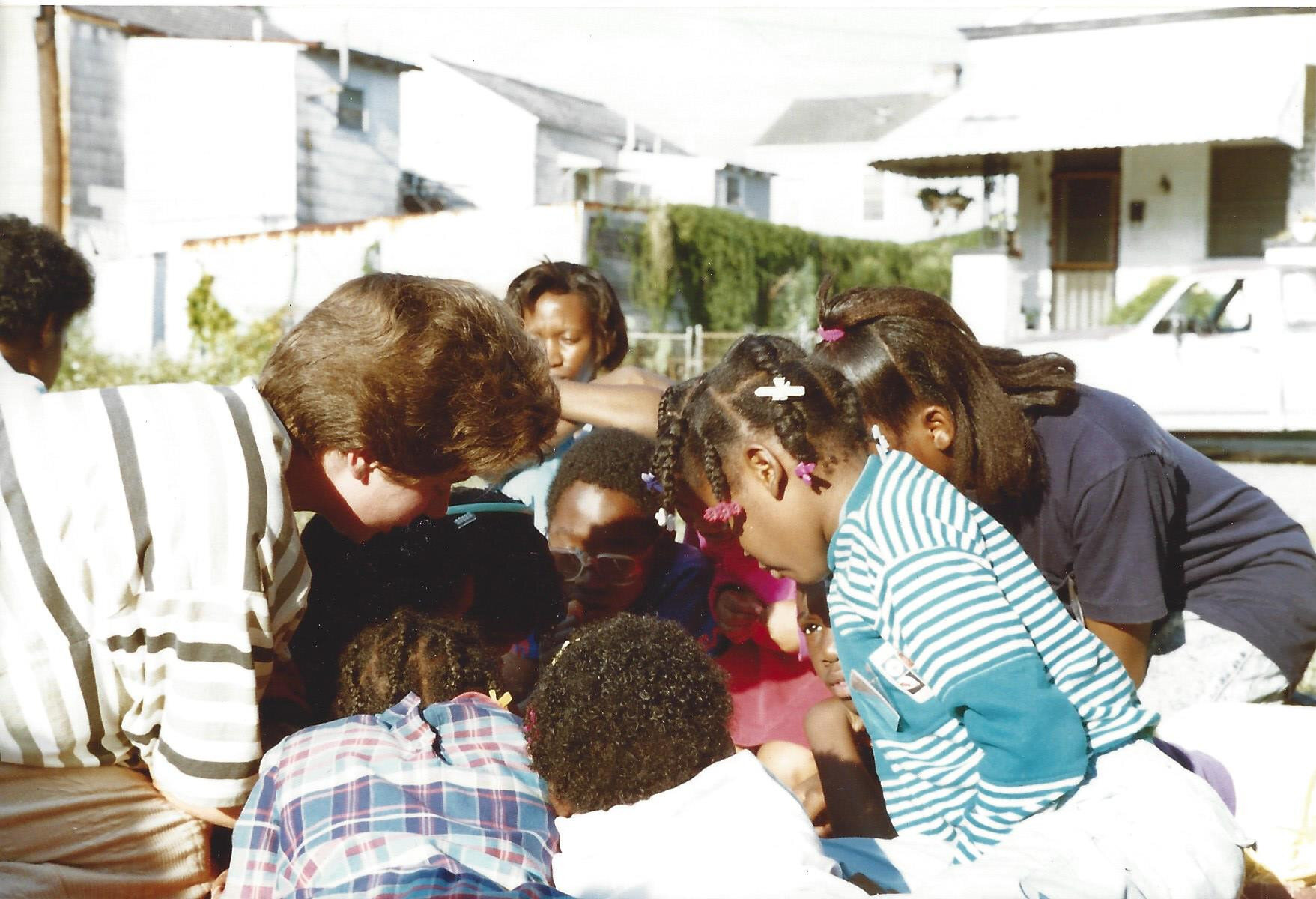
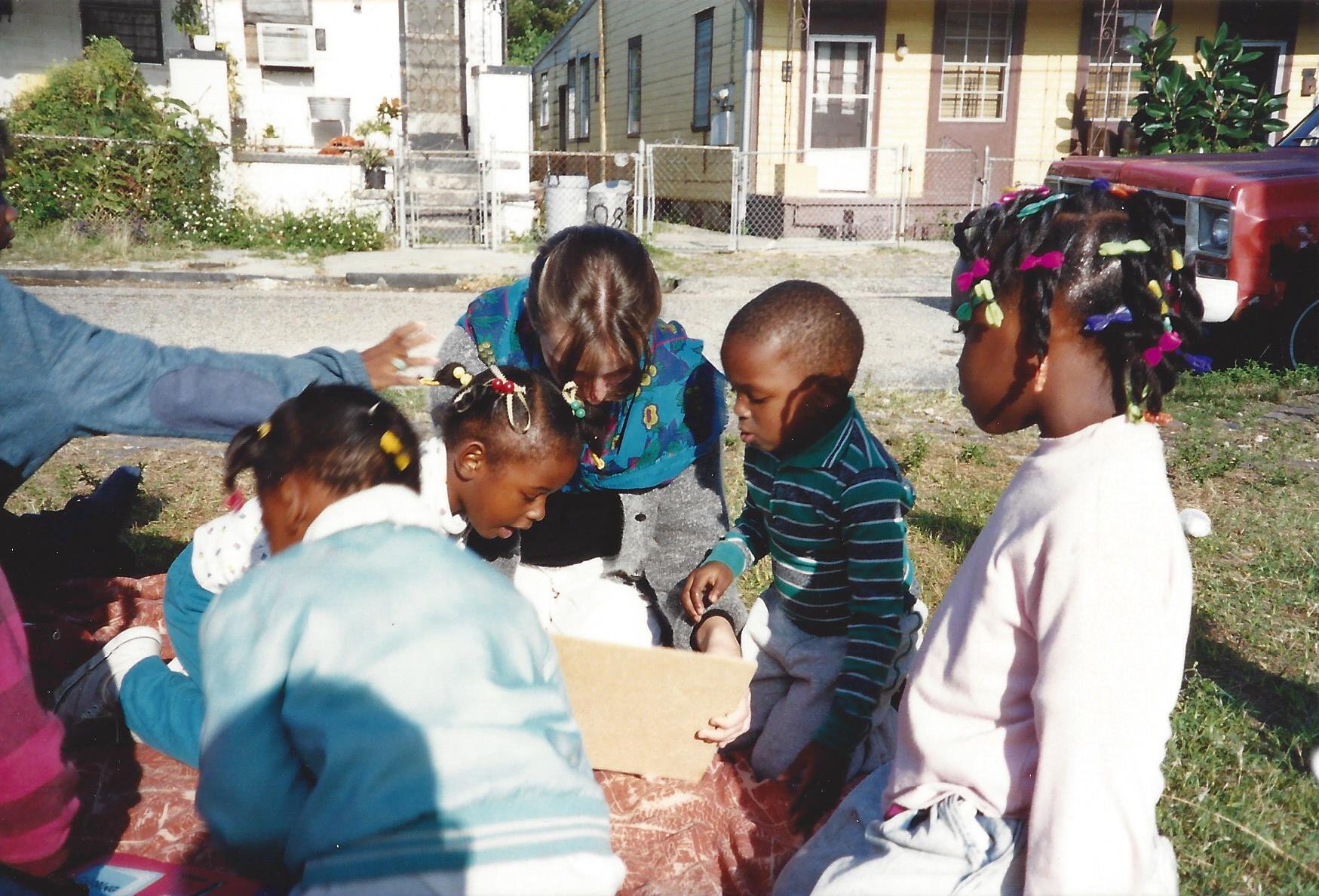
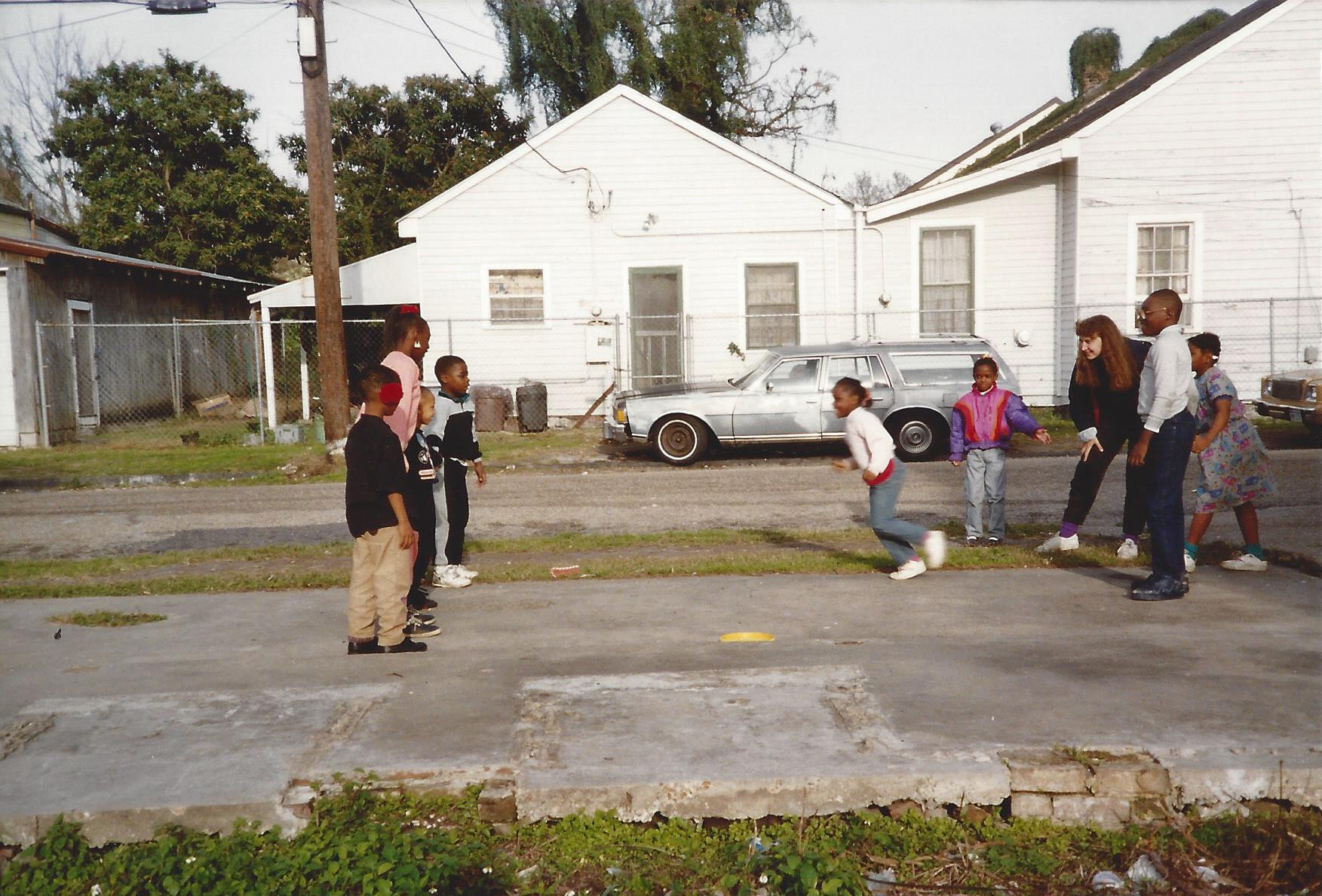
New Orleans (1985)
ATD Fourth World’s presence in New Orleans grew out of an alliance that started in the 1970s with Caritas, a religious community of women who lived and worked among families in poverty. In still-segregated Louisiana, they purposely lived, traveled, and worked as a racially integrated community, running art and early childhood education programs in drastically underserved rural towns and neighborhoods in New Orleans. ATD Fourth World Volunteer Corps members first joined their programs and later branched out with Street Libraries in a public housing development and several other neighborhoods over the years.
+ Read More
The impact of Hurricane Katrina in 2005 changed the makeup of neighborhoods, the housing market, and the ability for people to return or live in New Orleans. At this time, the ATD Fourth World team centered its local programs in the 7th Ward, an area particularly badly neglected in the rebuilding process. They worked alongside other organizations and a network of ATD Fourth World members to support families wanting to return to their home city and to access their basic human rights to housing, fair treatment in the justice system, and education.
The team in New Orleans also worked to reconnect with displaced ATD Fourth World members, re-establish a network of support, and record testimonies. What emerged from this process was the publication of “Not Meant To Live Like This: Weathering the storm of our lives in New Orleans,” a collaborative and original collection of first-hand accounts and experiences about Hurricane Katrina, involving 50 co-authors. ATD Fourth World’s presence in New Orleans gave people across the country a unique window into the devastation caused by Hurricane Katrina.
Washington, DC Area (1986)
In the 1980s, ATD Fourth World expanded to the Washington, DC, area. A national center was established which until 2010 served as a gathering and training place for ATD Fourth World members and a base from which to network with national and international allies and agencies.
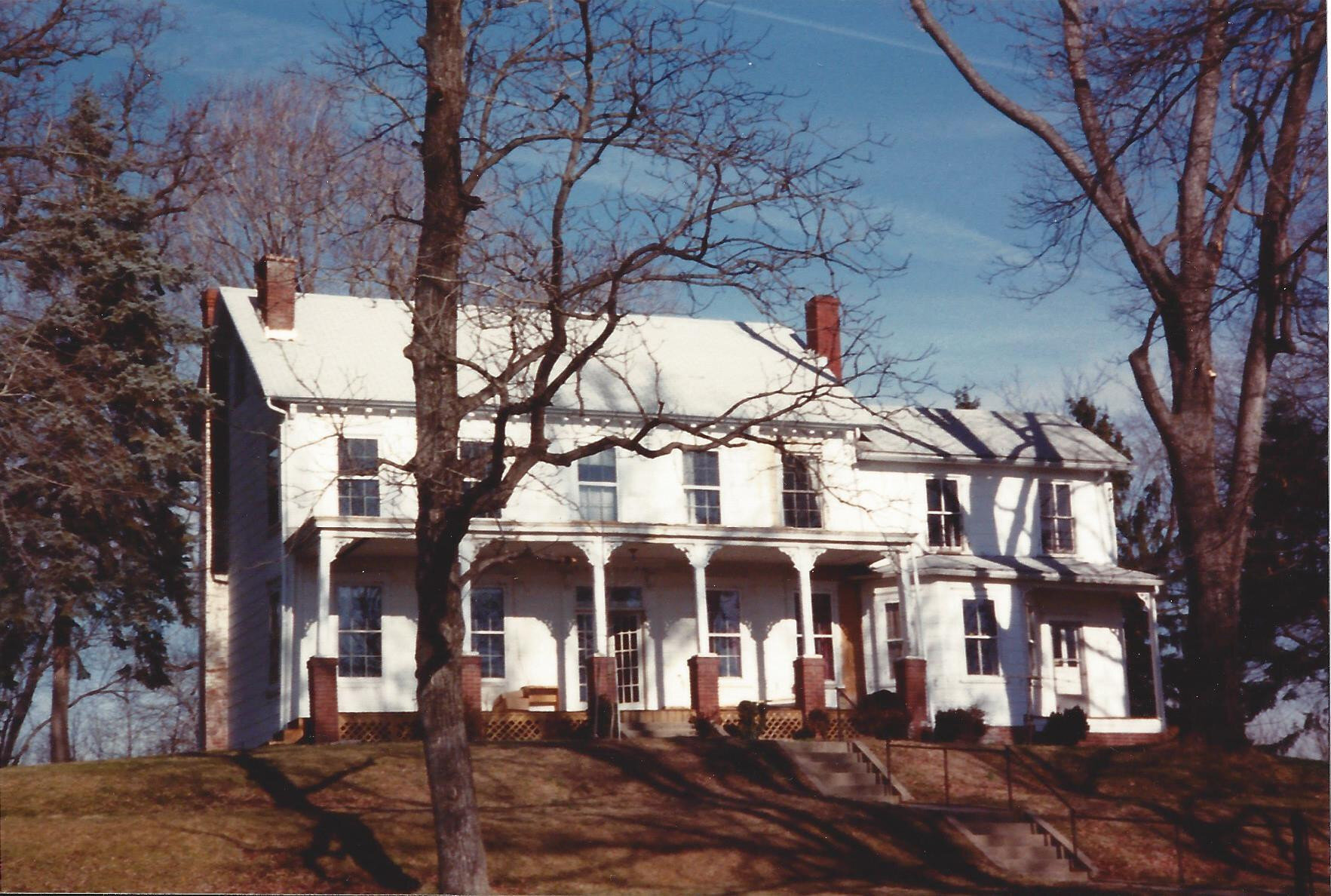
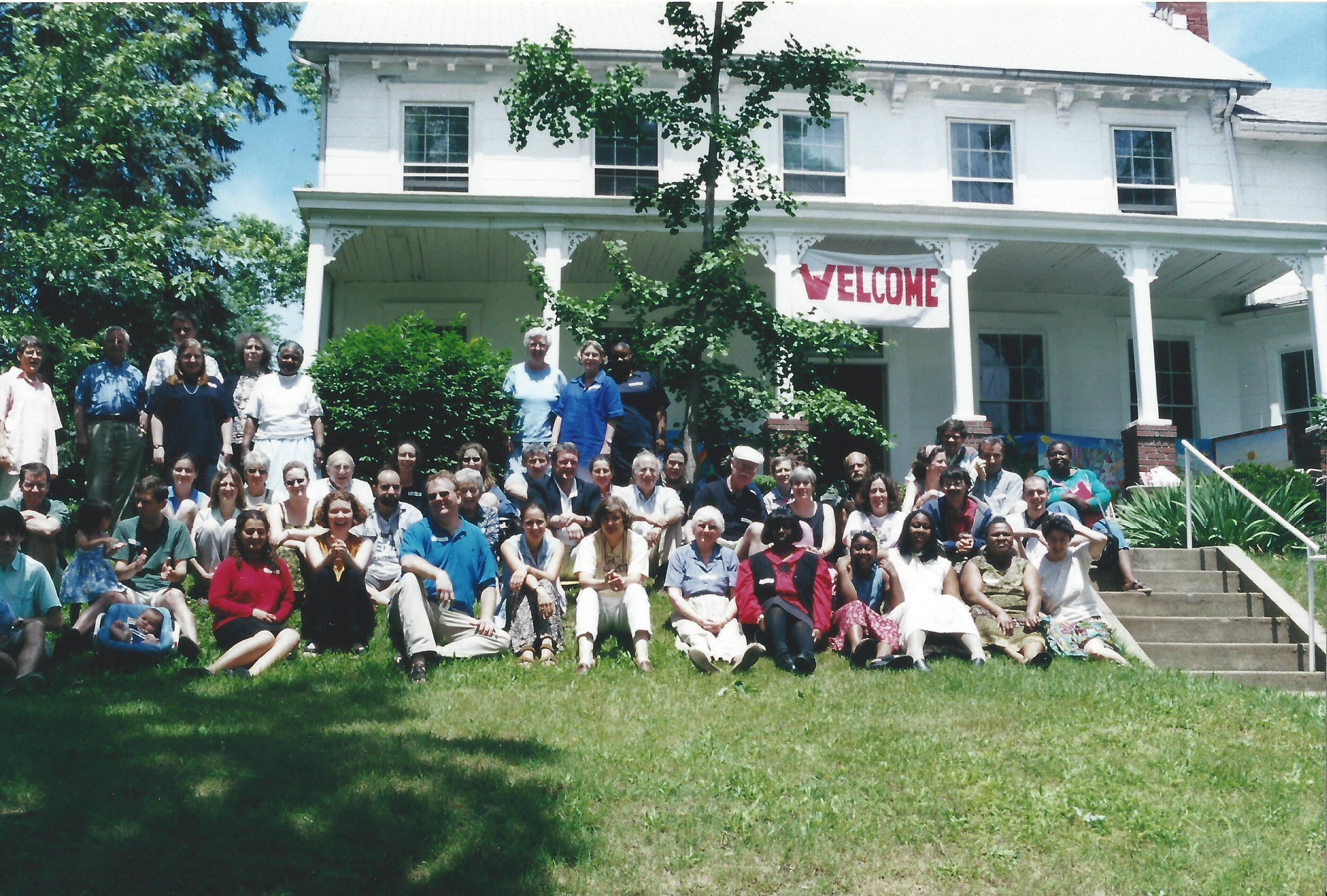
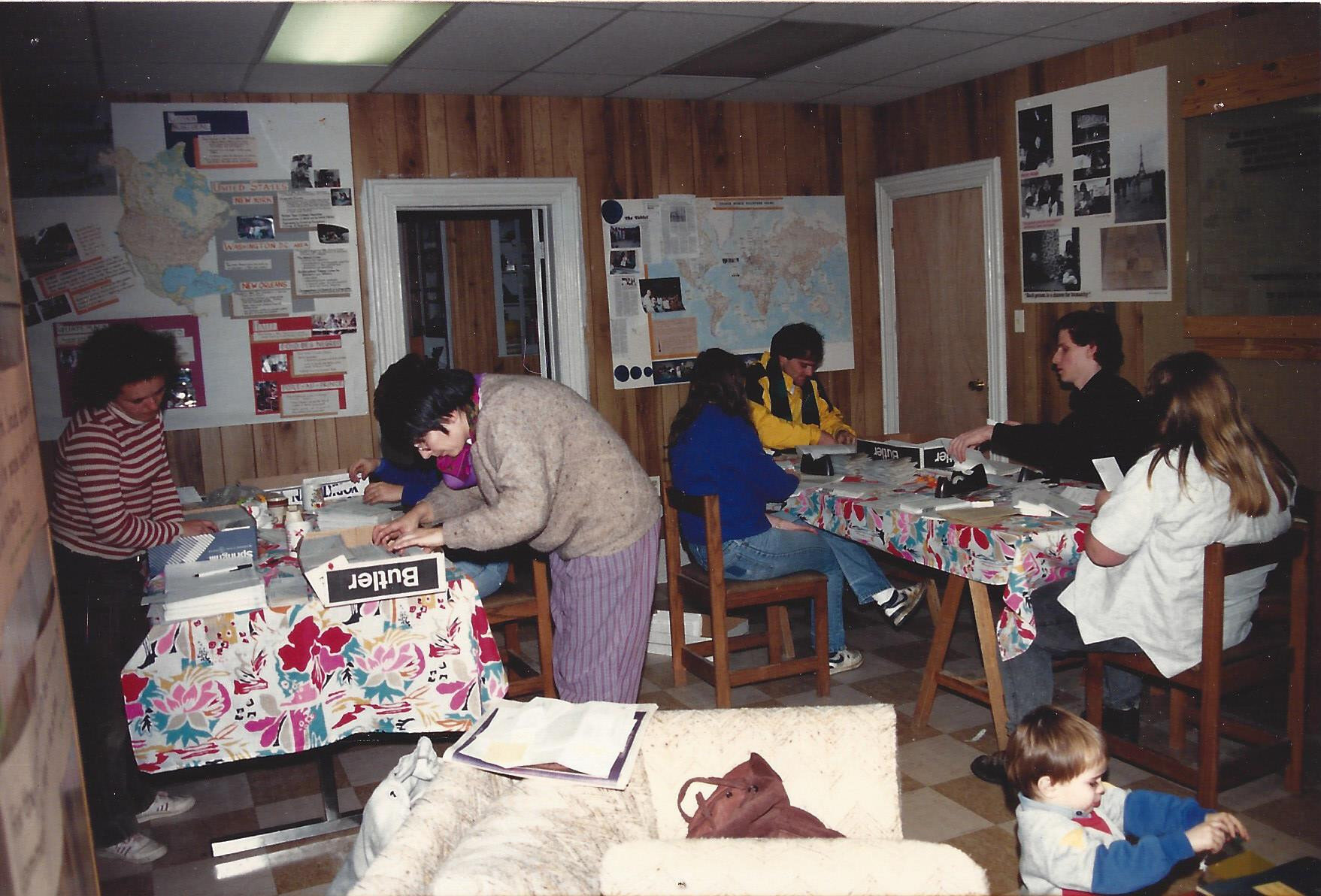
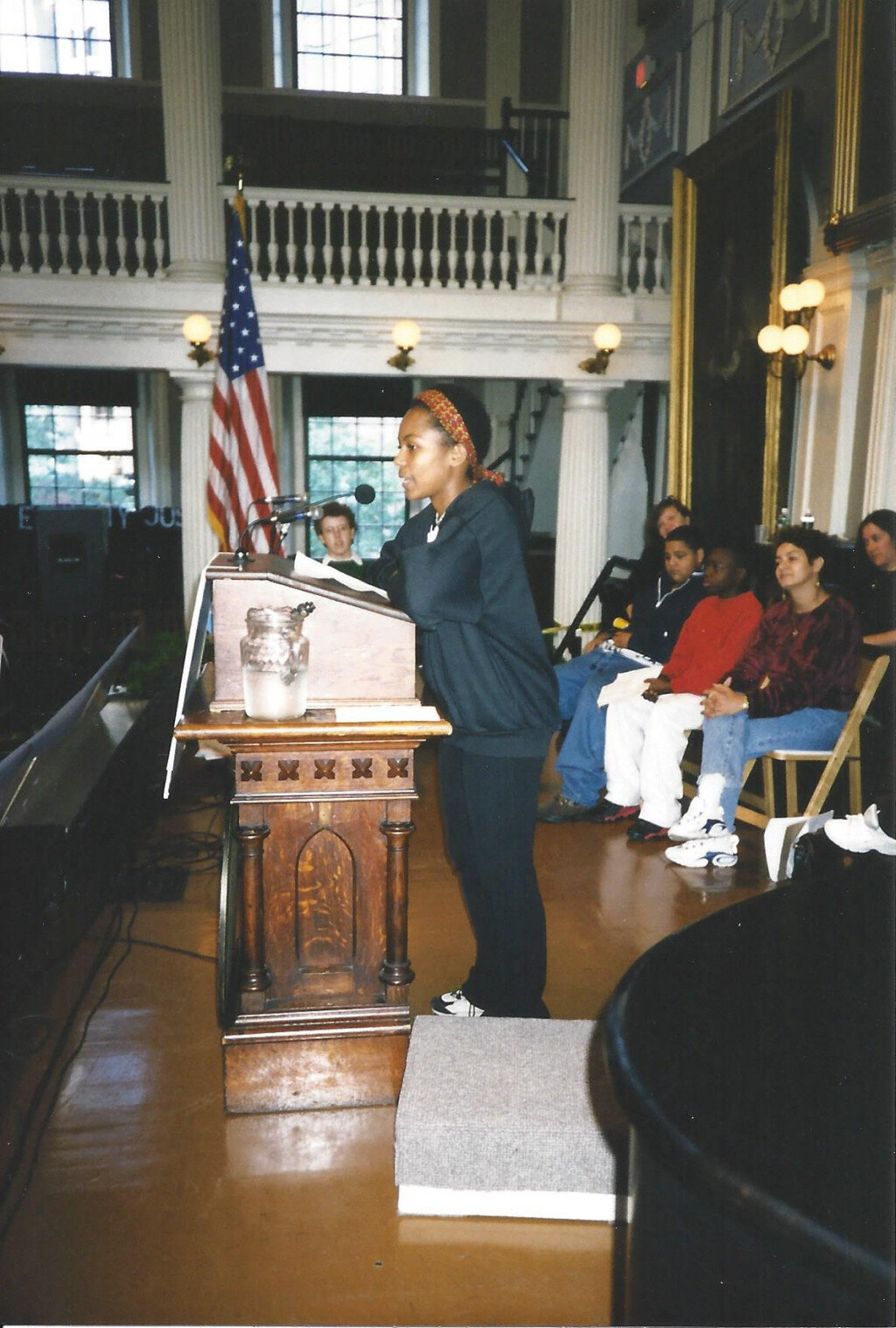
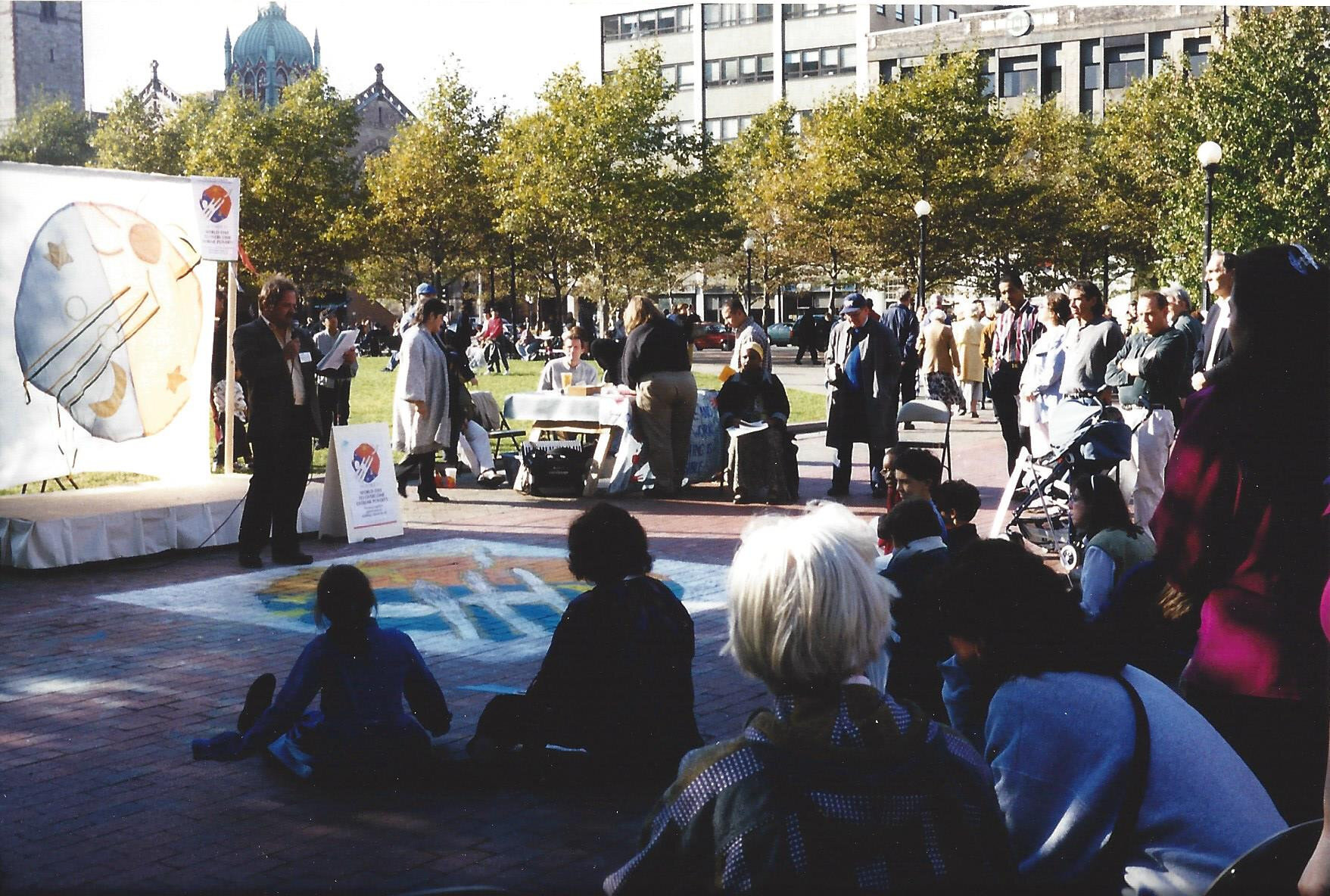
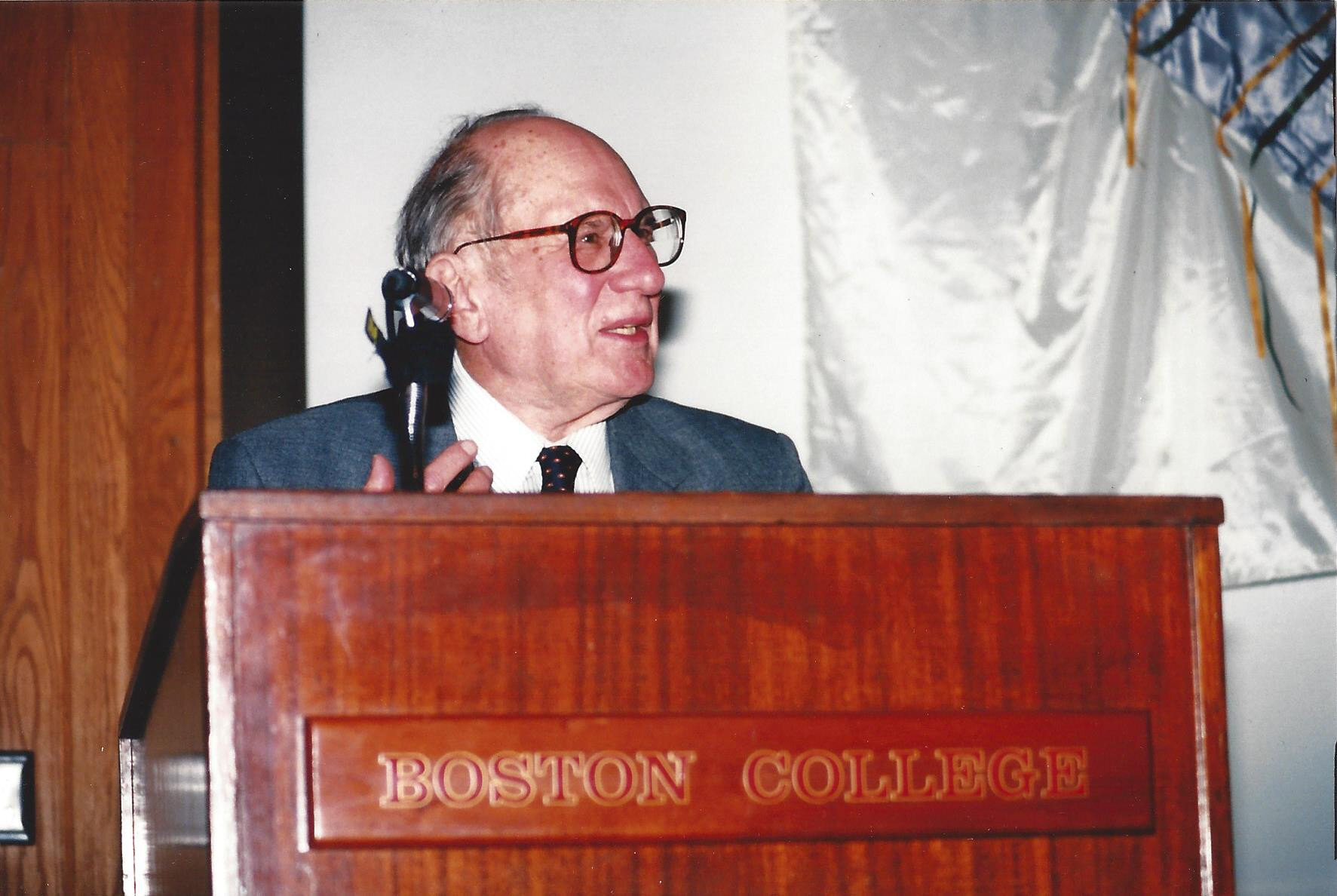
Boston (1995)
ATD Fourth World arrived in Boston in 1995 to build dialogues and partnerships with people in academia, people experiencing poverty, and social practitioners around the knowledge needed to understand and create solutions to persistent poverty. Through a recent partnership with the Center for Social Policy at UMass-Boston, ATD Fourth World has been able to help frame and nourish national and international research and evaluations.
Appalachia, Southwest Virginia (1995)
ATD Fourth World has always strived to be a movement that recognizes people who experience poverty and are marginalized in both rural and urban areas. In 1995, ATD Fourth World Volunteer Corps members were invited to join the efforts of local community development in the rural coalfields of Southwest Virginia.
+ Read More
Through participation in programs that already existed in the community and supporting initiatives brought by local residents, the team of Volunteer Corps members was involved in programs responding to the needs for education, housing, and healthcare. In 2006, the ATD Fourth World Learning Co-op opened with the mission to promote the free exchange of knowledge and skills. Since its opening, the Learning Co-op has relied upon the region’s strong cultural traditions while focusing on embracing the future through new technologies.

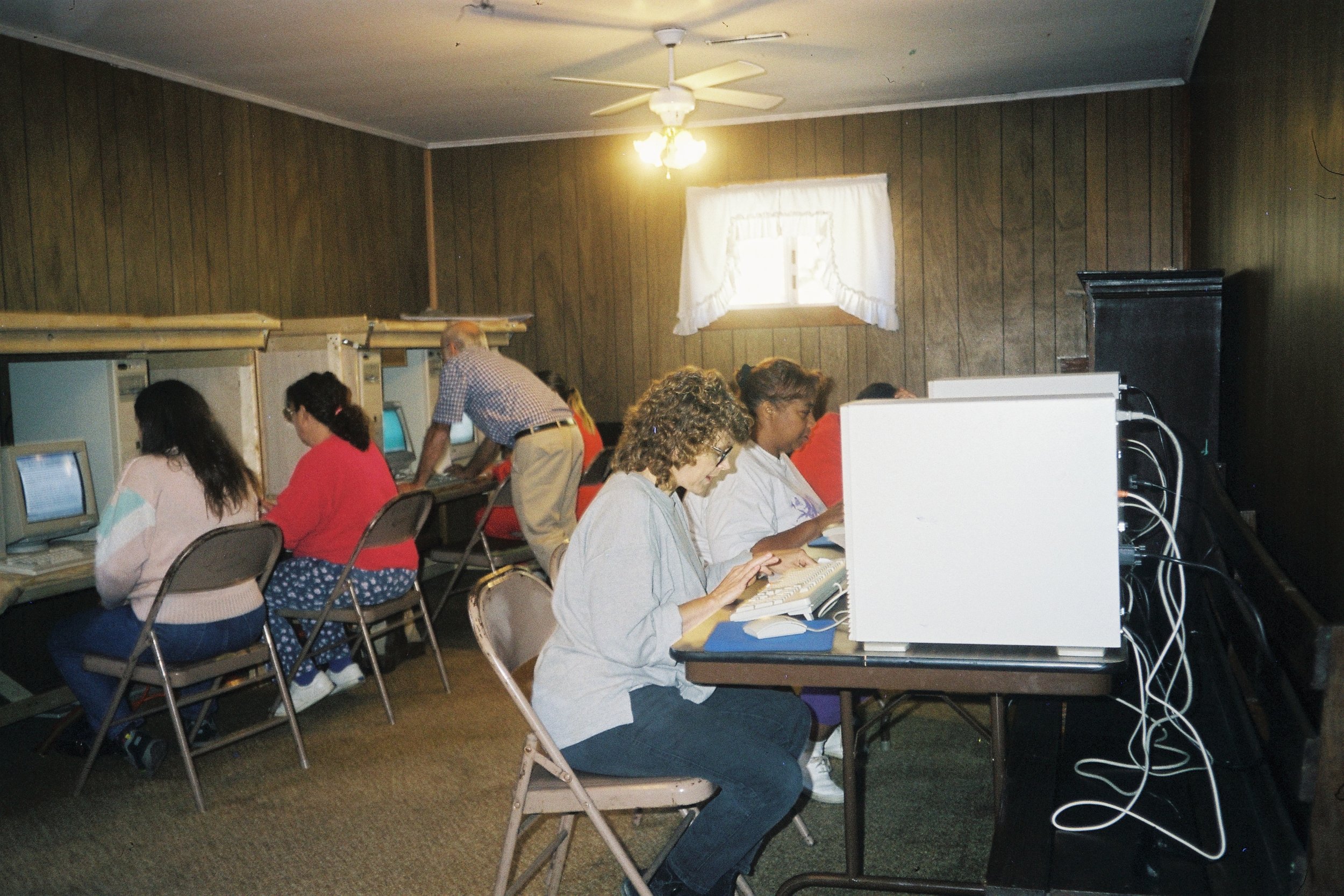
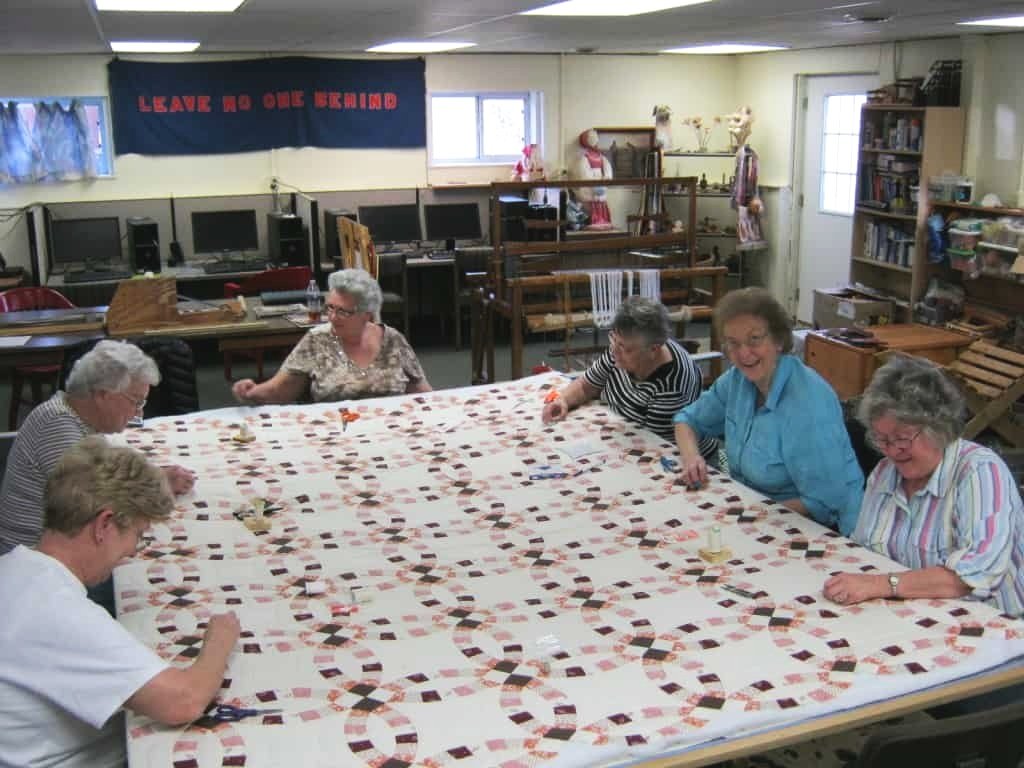

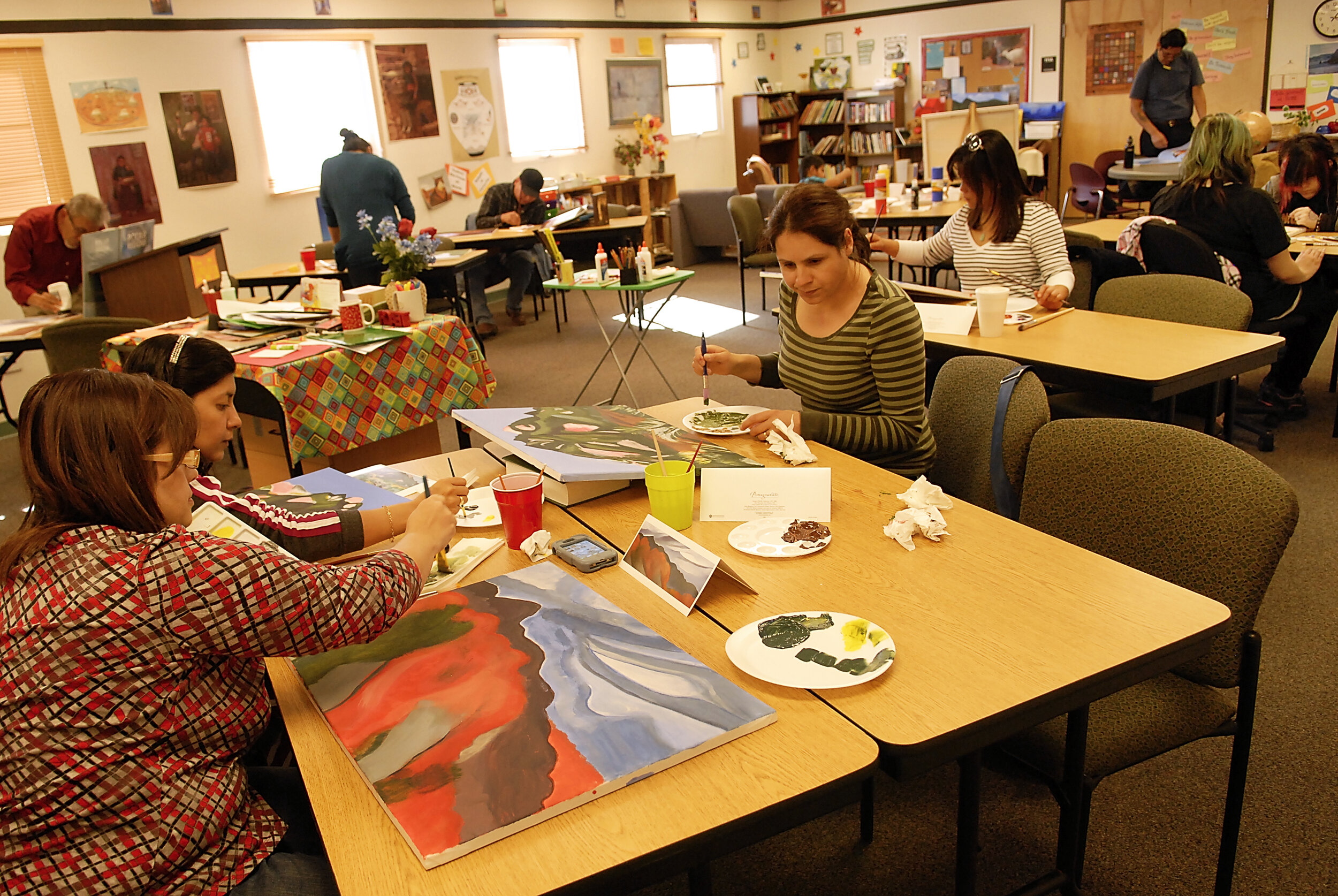
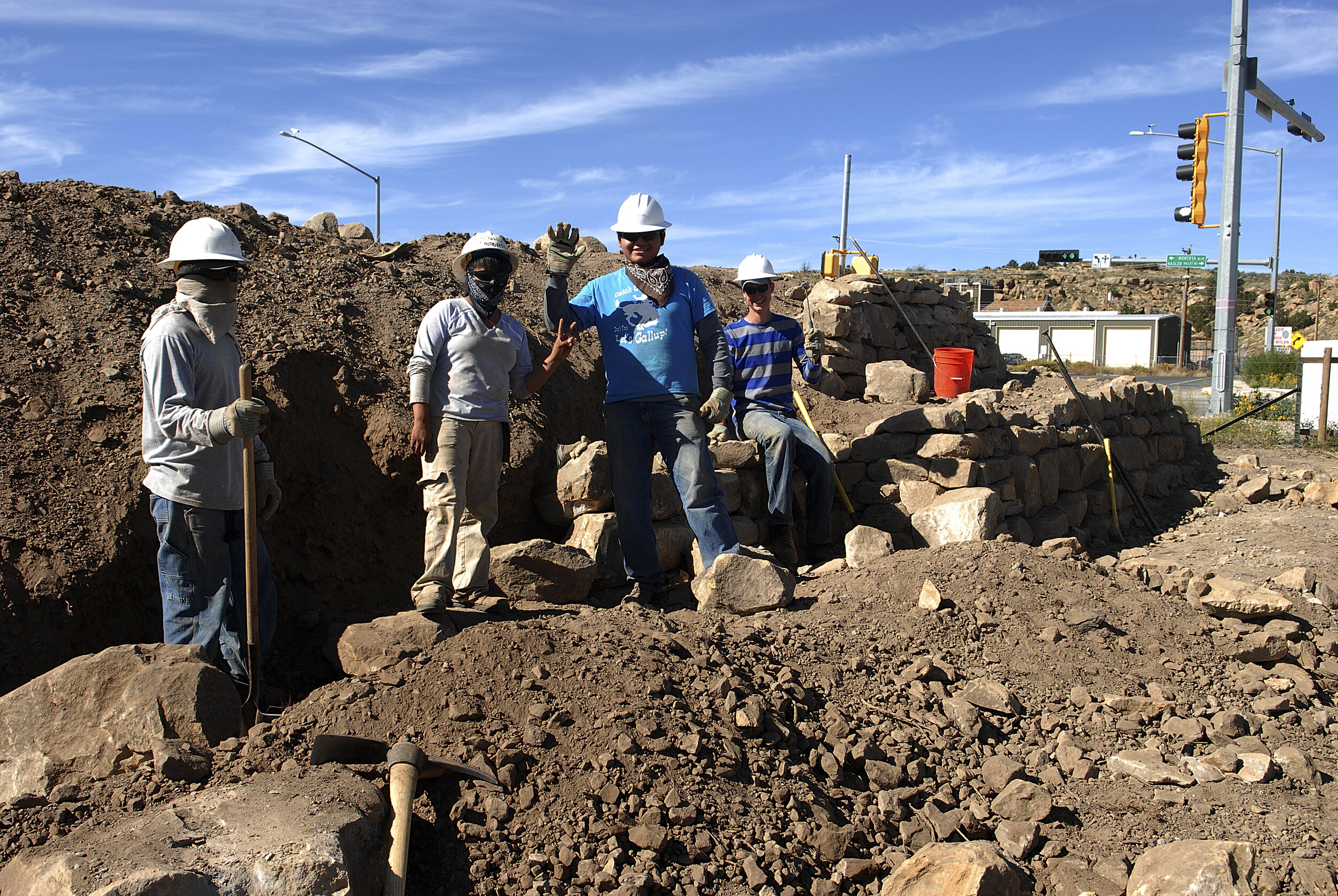
New Mexico (2011)
Since 2011, ATD Fourth World has had a presence in the town of Gallup, New Mexico, and the surrounding communities, including on Navajo Nation and other Native tribal lands. Recognizing early on that the Gallup Flea Market was an important social, economic, and cultural gathering place for people in town and those in the surrounding rural area, early programs were started at the flea market. Being in that open community space made the family-based reading and creative activities open to all and allowed for relationship-building and outreach to families in more isolated situations.
+ Read More
From the beginning, the team focused on two main priorities: 1) to develop projects that promote family literacy and that foster school readiness for children from low-income families; and 2) to nurture partnerships that create opportunities for low-income teens and young adults to develop their creative and artistic potential.
The team actively participates in cross-sector coalitions and collaborative projects with both established stakeholders and community members. Together with their partners, the team creates innovative opportunities related to youth and adult education, the arts, technical skills, and meaningful service learning for community members from all walks of life.
National Dynamics
Creating connections among people throughout the United States doing the everyday work of overcoming poverty has been has been important to ATD Fourth World since the beginning. Volunteer Corps members traveled the United States on different occasions, starting in 1966 with the goals of learning, meeting people, and feeding into the movements and dynamics that lifted up the dignity of those most harmed by poverty.
+ Read More
ATD Fourth World has always hosted international and national events to bring people involved in local projects together for mutual support and priority building. A first national gathering was the Tapori Human Rights Festival in New York City in 1983. From 2016 to 2019, the participatory Multidimensional Aspects of Poverty (MAP) research unified experiences and knowledge from people facing poverty, those working alongside them, and academics in communities across the United States.
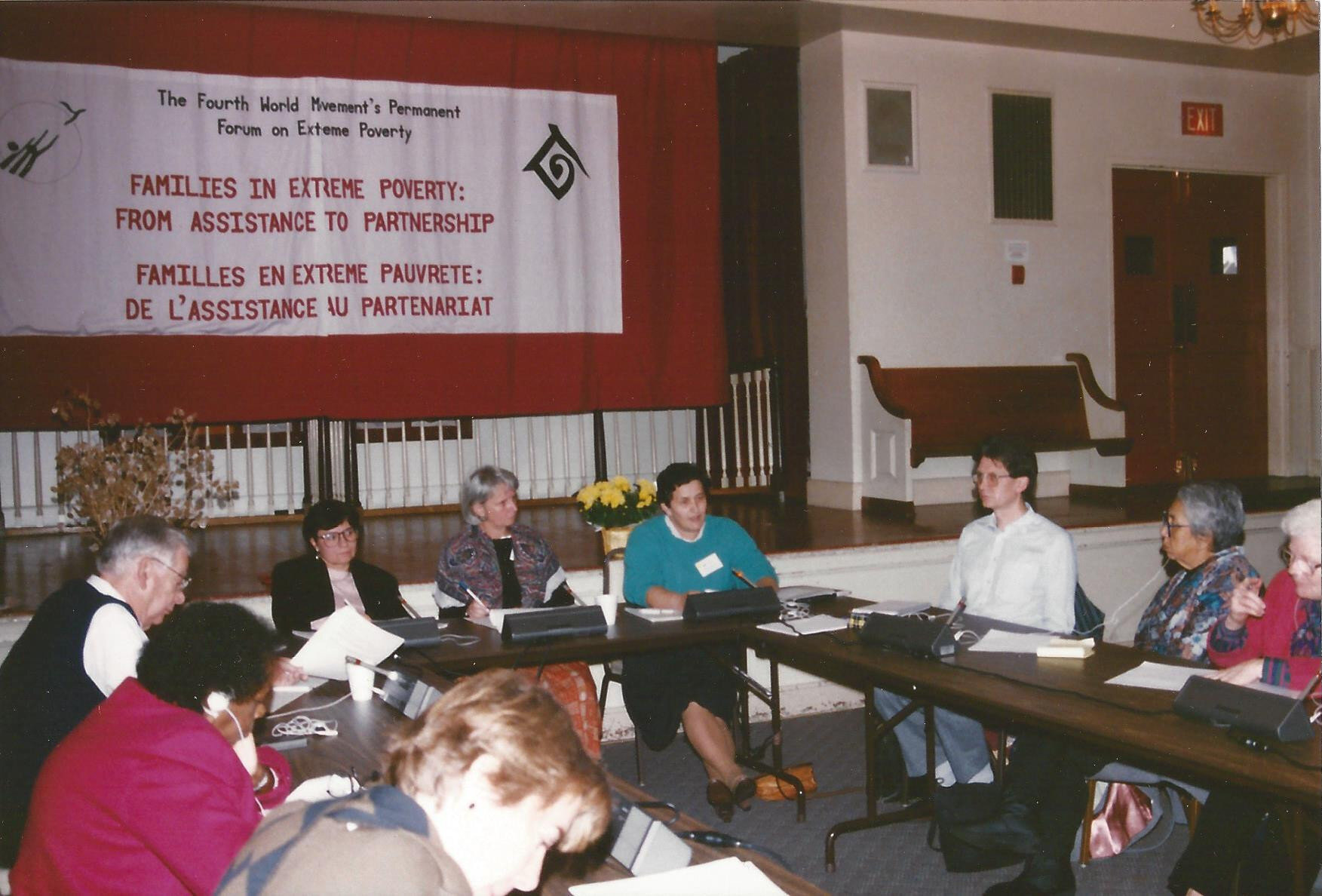
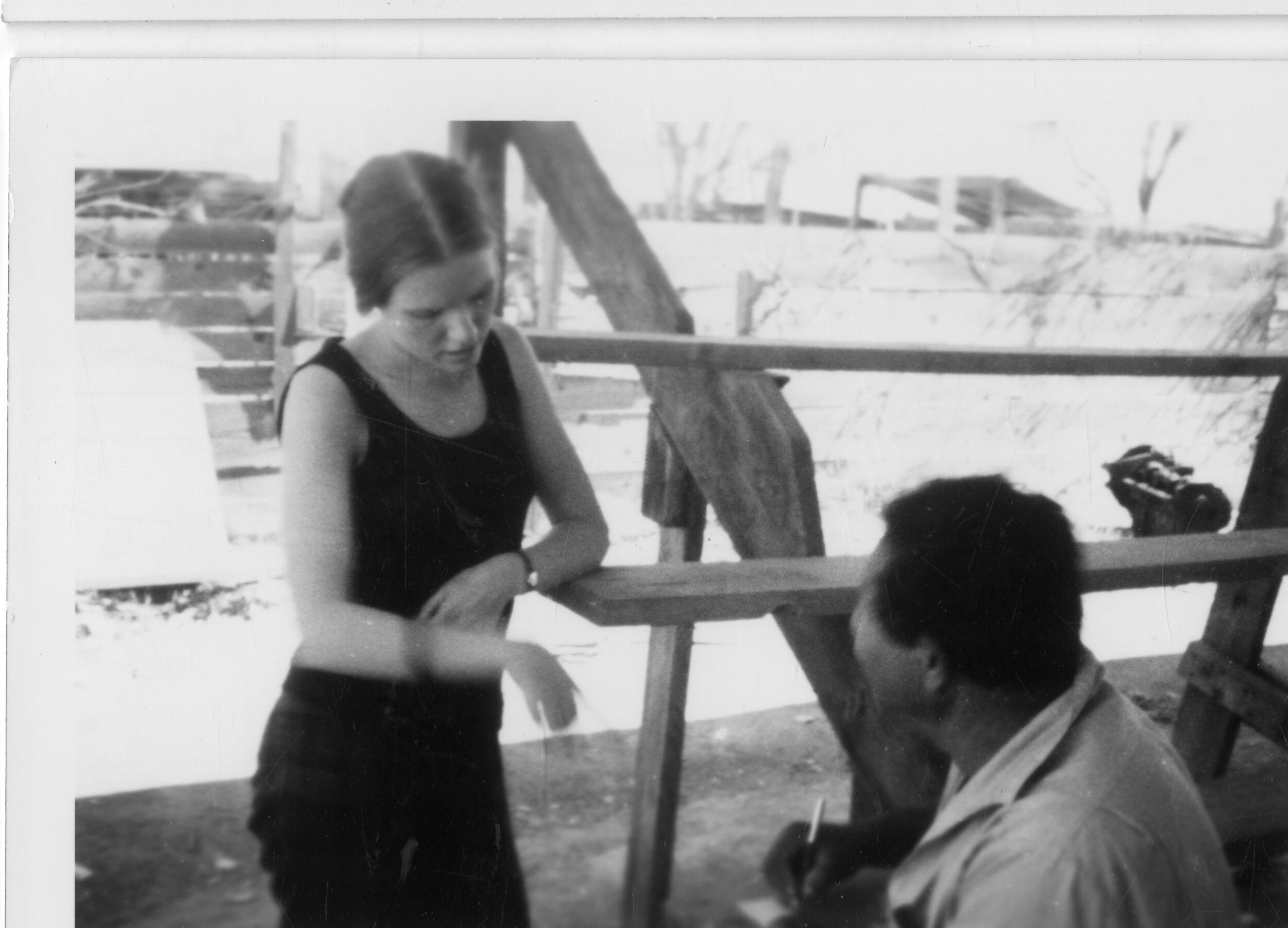
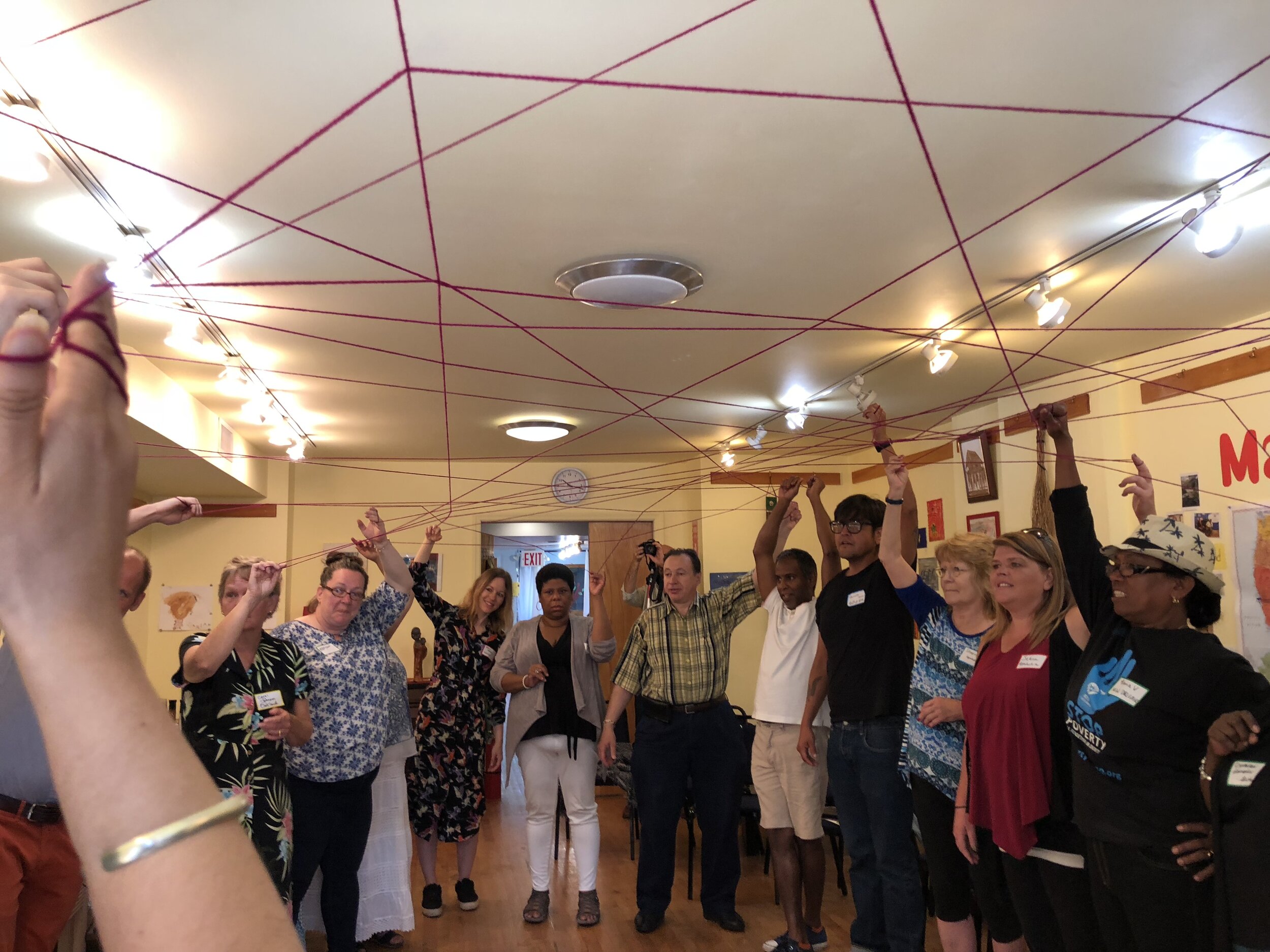
Within urban and rural areas across the United States, ATD Fourth World has been guided by the daily lives of people who work to overcome the injustices of poverty and driven by the will of those committed to stand with them. At the heart of each new step in ATD Fourth World’s development lives the power of relationships and solidarity. It’s the same commitment that has led ATD Fourth World for the past 60 years and continues to today.
